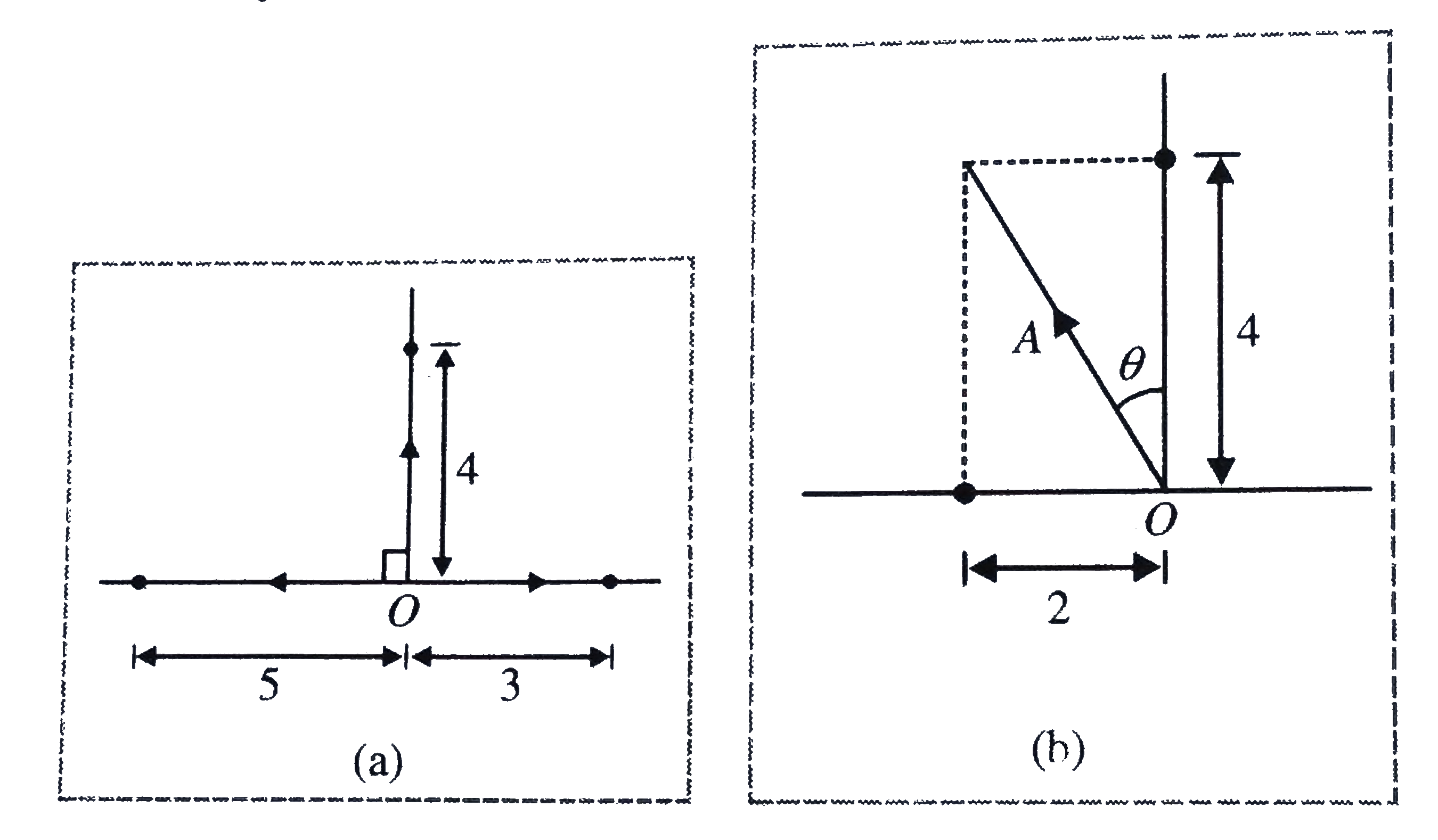Find the resultant amplitude and the phase difference between the resultant wave and the first wave , in the event the following waves interfere at a point , y1=(3cm)sinωt,
y2=(4cm)sin(ωt+π2),y3=(5cm)sin(ωt+π)
The amplitudes can be added vectorially , with angle between them as their phase difference .
All these are shown in Fig . S 7 .1(a). The resultant amplitude 'A' due to the interference of three waves is evidently from Fig. S7.1(b) given by
A=√42+22=2√5cm
Also , tanθ=24=12
θ=tan−1(12)
Therefore , the resultant wave leads the first wave by an angle
π2+tan−1(12)

Topper's Solved these Questions
- BOOK - CENGAGE PHYSICS ENGLISHCHAPTER - SUPERPOSITION AND STANDING WAVESEXERCISE - Exercise 7.232videos
SUPERPOSITION AND STANDING WAVES
- BOOK - CENGAGE PHYSICS ENGLISHCHAPTER - SUPERPOSITION AND STANDING WAVESEXERCISE - Subjective24videos
SUPERPOSITION AND STANDING WAVES
- BOOK - CENGAGE PHYSICS ENGLISHCHAPTER - SOUND WAVES AND DOPPLER EFFECTEXERCISE - Integer16videos
SOUND WAVES AND DOPPLER EFFECT
- BOOK - CENGAGE PHYSICS ENGLISHCHAPTER - THERMODYNAMICSEXERCISE - 241videos
THERMODYNAMICS
Similar Questions
x1=5sinωt
x2=5sin(ωt+53∘)
x3=−10cosωt
Find amplitude of resultant SHM.View Solutionx1=5sinωt
x2=5sin(ωt+53∘)
x3=−10cosωt
Find amplitude of resultant SHM.View SolutionFind the displacement equation of the simple harmonic motion obtained by combining the motion.
x1=2sinωt, x2=4sin(ωt+π6) and x3=6sin(ωt+π3)View SolutionDetermine resultant amplitude after super position of given four waves with help of phasor diagram. y1=15sinωtmm,y2=9sin(ωt−π/2)mm,y3=7sin(ωt+π/2)mm & y4=13sinωtmm.
View SolutionThe resultant amplitude due to superposition of three simple harmonic motions x1=3sinωt,
x2=5sin(ωt+37∘) and x3=−15cosωt isView SolutionTwo particle AandB execute simple harmonic motion according to the equation y1=3sinωt and y2=4sin[ωt+(π/2)]+3sinωt. Find the phase difference between them.
View SolutionThe mathmaticaly form of three travelling waves are given by
Y1=(2cm)sin(3x−6t)
Y2=(3cm)sin(4x−12t)
And Y3=94cm)sin(5x−11t)
of these waves,View SolutionTwo SHM's are represented by y1=Asin(ωt+ϕ),y2=A2[sinωt+√3cosωt]. Find ratio of their amplitudes.
View Solutionx1=3sinωt,x2=4cosωt
Find (i) amplitude of resultant SHM, (ii) equation of the resultant SHM.View Solutionx1=3sinωt , x2=4cosωt. Find (i) amplitude of resultant SHM, (ii) equation of the resultant SHM.
View Solution

